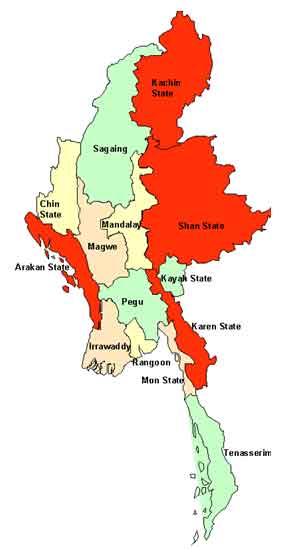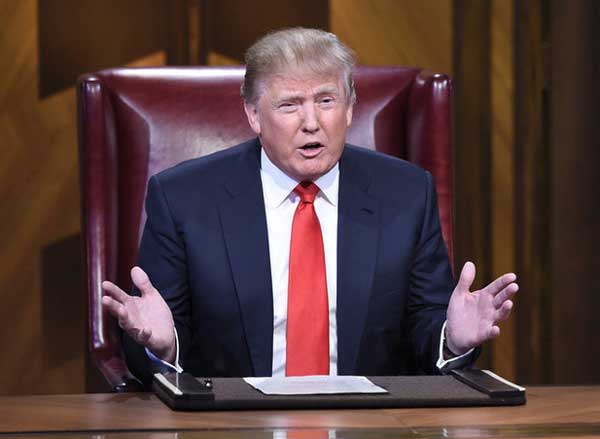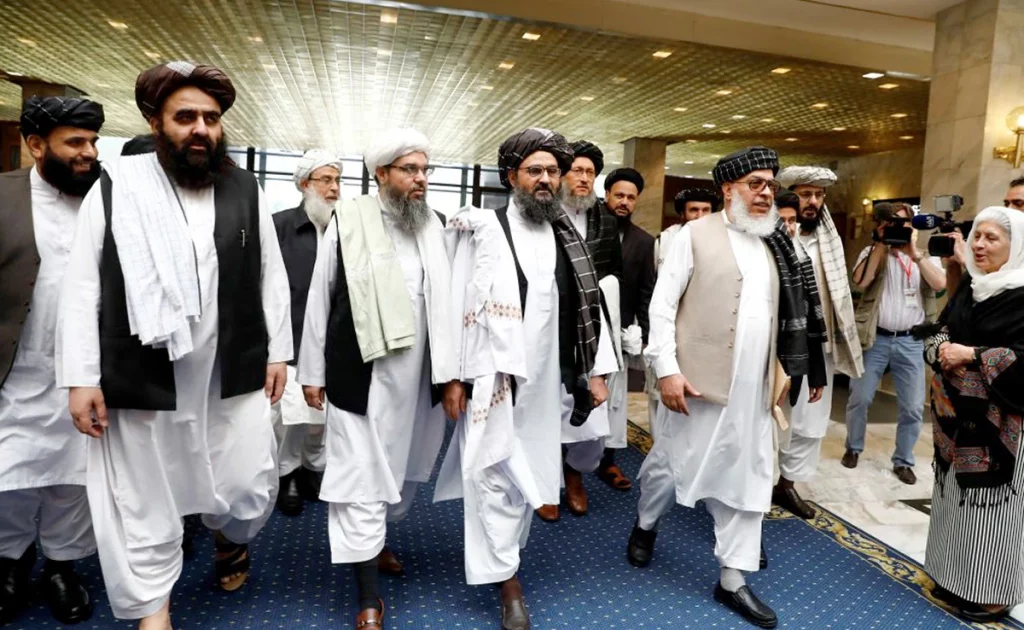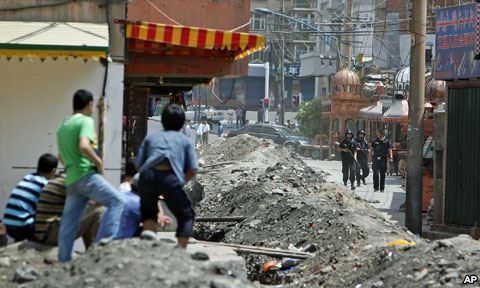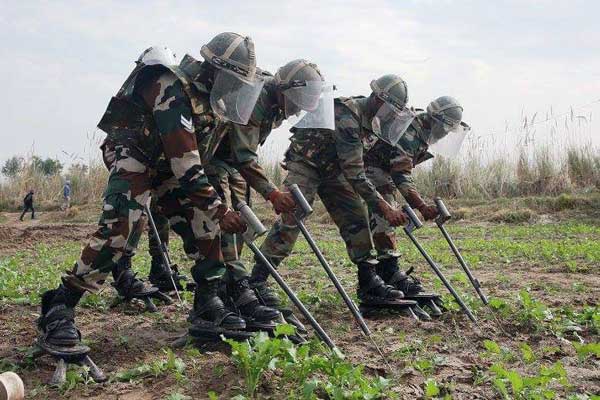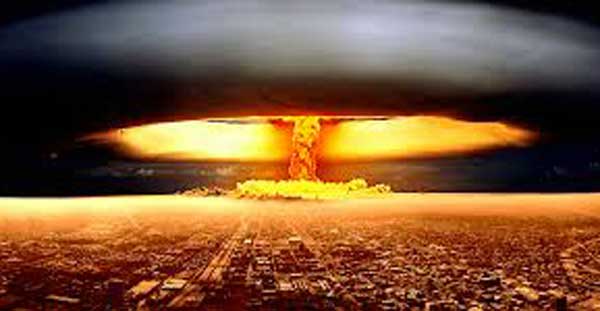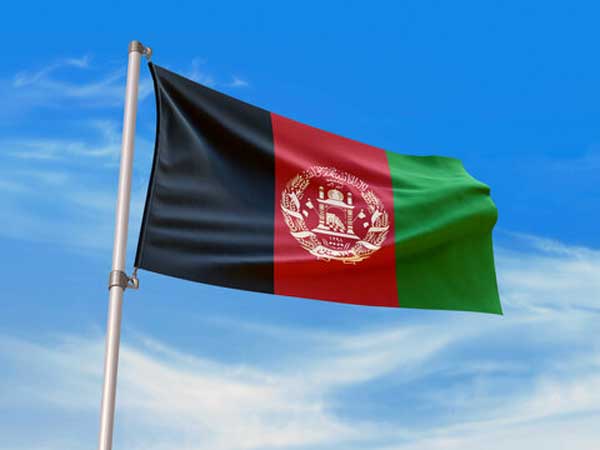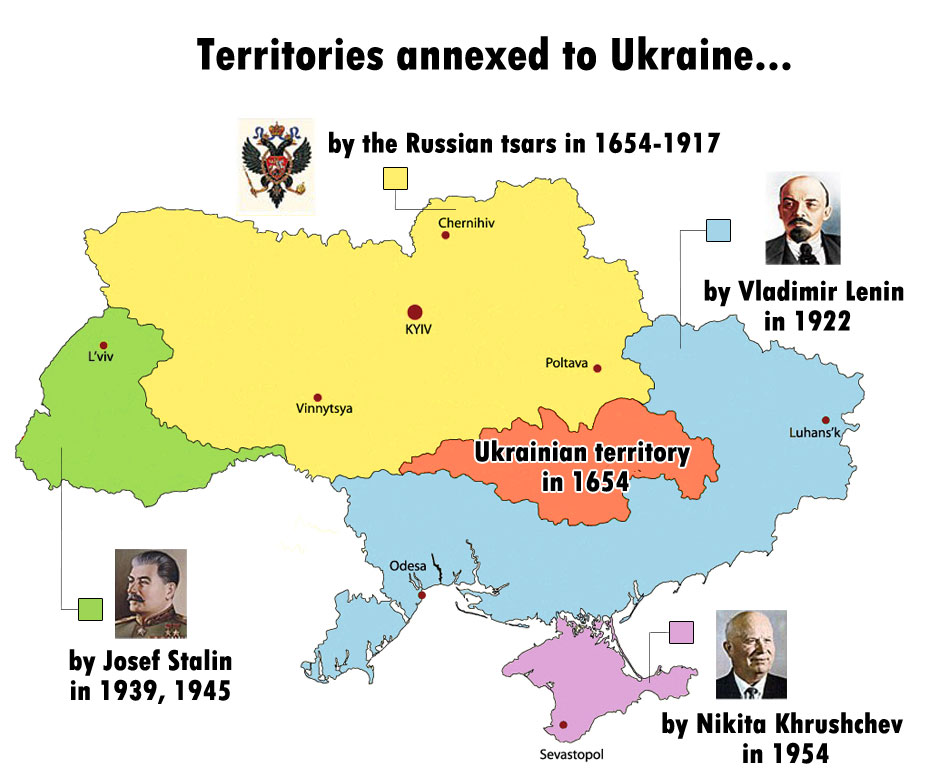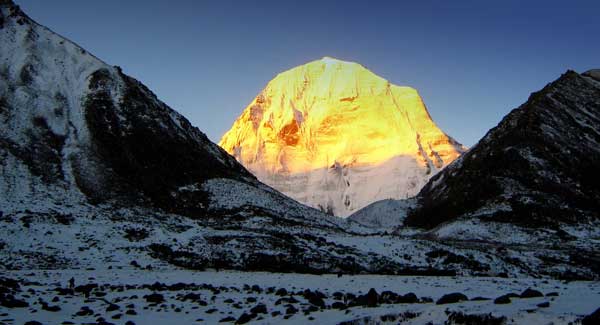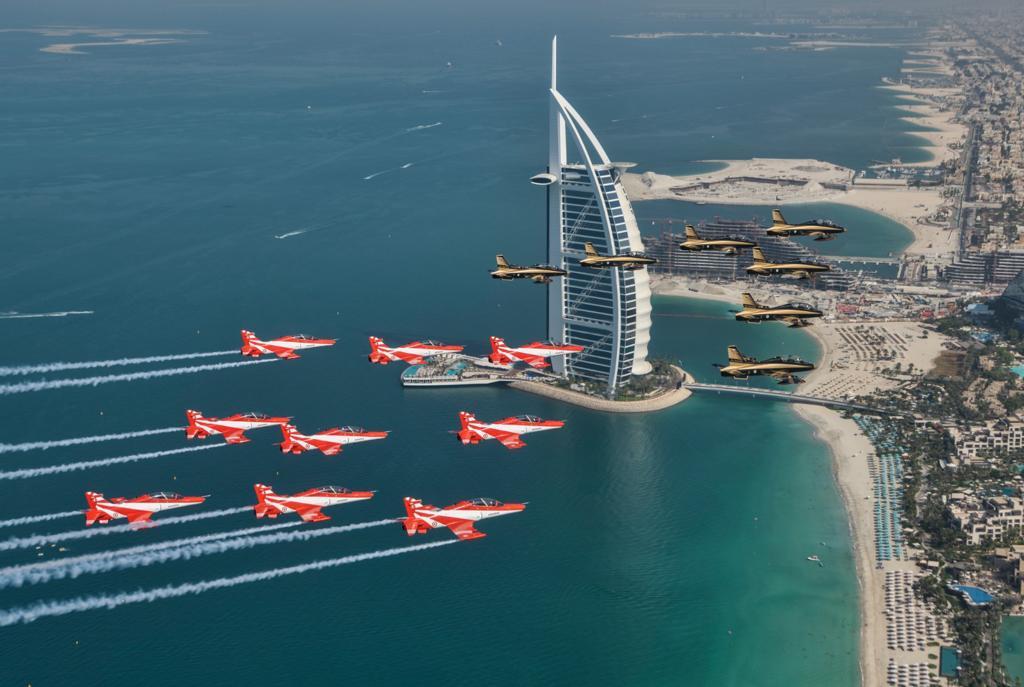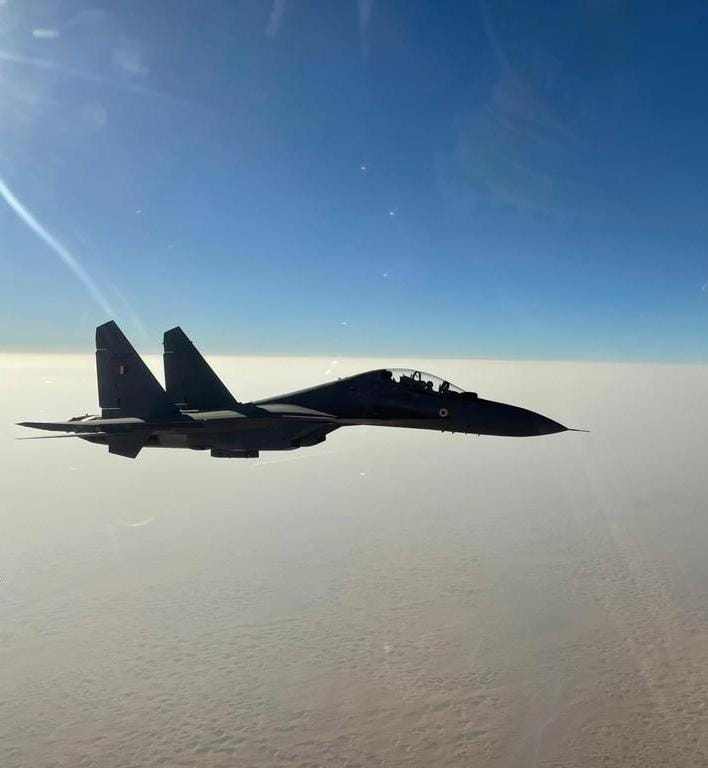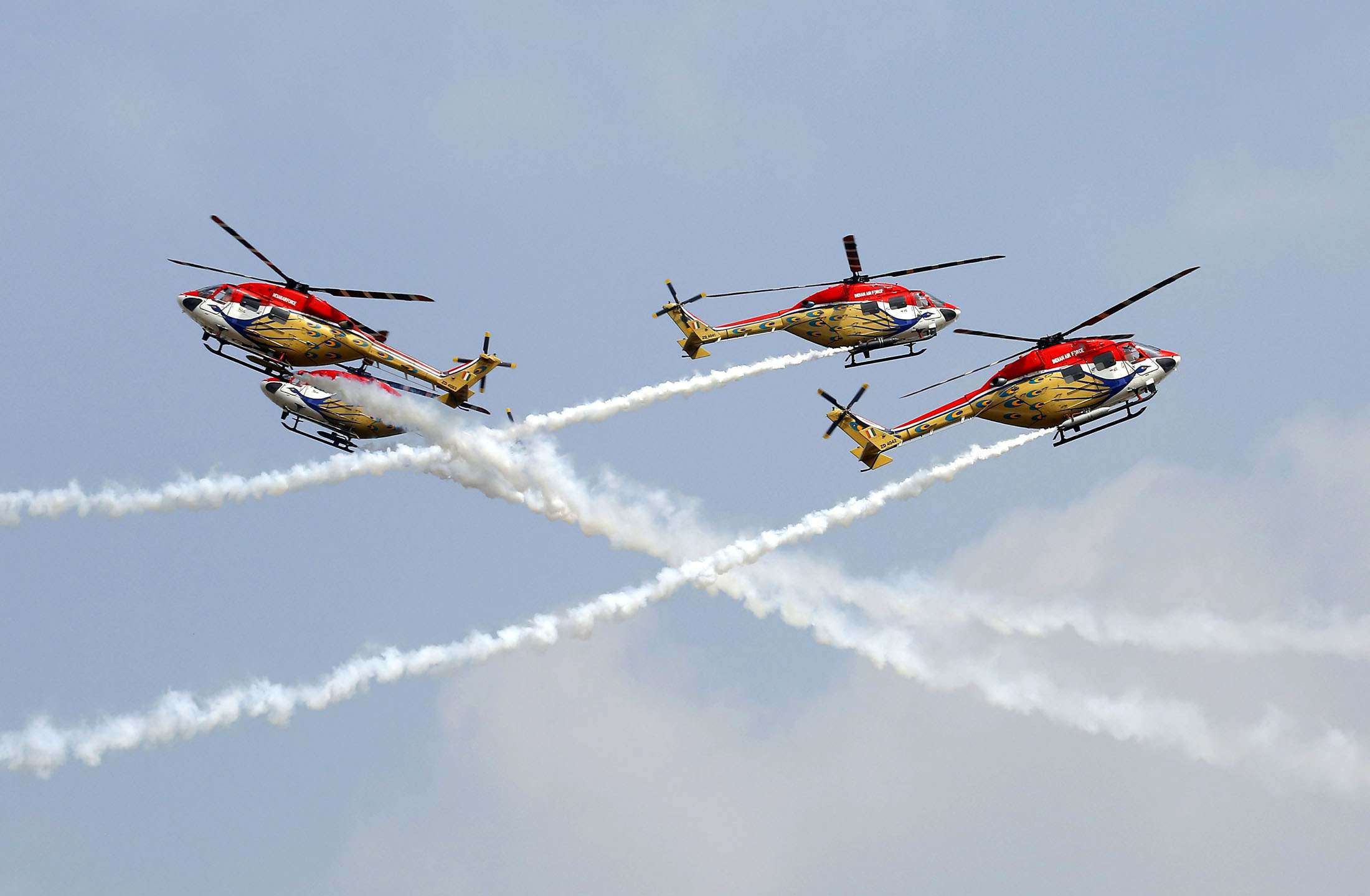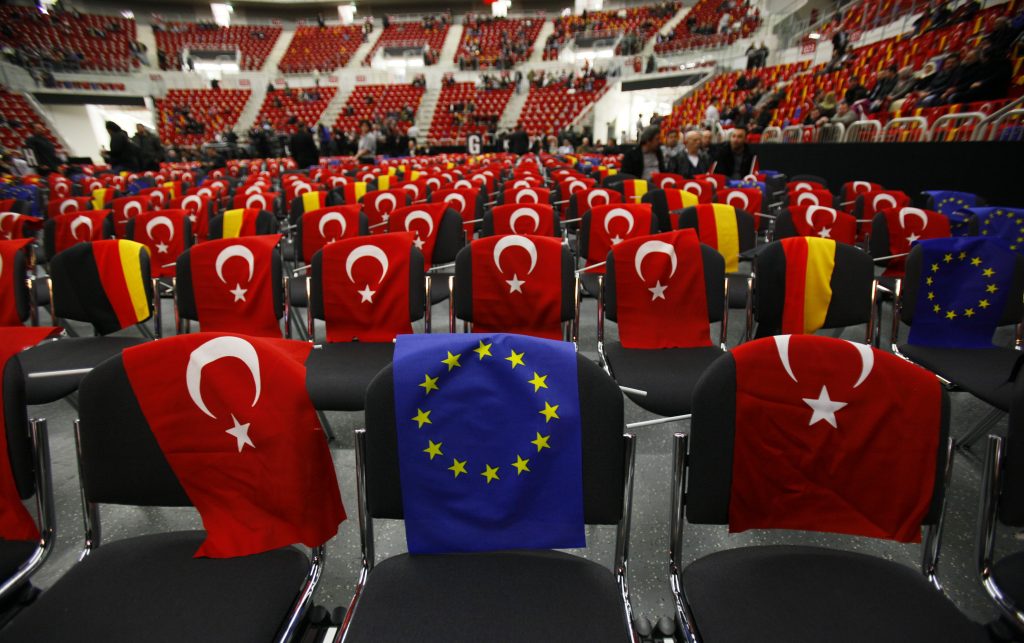
The flags of the European Union, Germany and Turkey are pictured before the arrival of Turkish Prime Minister Tayyip Erdogan to deliver a speech at the ISS arena in Duesseldorf February 27, 2011. REUTERS/Wolfgang Rattay (GERMANY – Tags: POLITICS) – RTR2J6VT
Introduction
Up to now, not once expressed by Turkey’s President R. T. Erdoğan a possibility to organize a national referendum on Turkish membership to the European Union (the EU) opened many questions of different nature followed by old and new problems.
A current European political concern is reflected in many controversial issues and one of those the most important is facing the EU about whether or not to accept Turkey as a full member state (being a candidate state since 1999). Turkey is, on one hand, governed as a secular democracy by moderate Islamic political leaders, seeking to play a role of the bridge between the Middle East and Europe. However, Turkey is, on other hands, almost 100% Muslim country with a rising tide of Islamic radicalism (especially since the 2023 Israeli aggression on Gaza and ethnic cleansing of the Gazan Palestinians), surrounded with the neighbors with a similar problem.
There are two fundamental arguments by all of those who are opposing Turkish admission to the EU: 1) Muslim Turkish citizens (70 million) will never be properly integrated into the European environment that is predominantly Christian; and 2) In the case of Turkish accession, historical clashes between the (Ottoman) Turks and European Christians are going to be revived. Here we will refer only to one statement against Turkish accession: it “would mean the end of Europe” (former French President Valéry Giscard d’Estaing) – a statement which clearly reflects the opinion by 80% of Europeans polled in 2009 that Turkey’s admission to the EU would not be a good thing. At the same time, there are only 32% of Turkish citizens who had a favorable opinion of the EU and, therefore, the admission process, for which formal and strict negotiations began already in 2005, is very likely to be finally abortive.
Islamic fundamentalism and Turkey’s admission to the EU
The question of Turkish admission to the EU is by the majority of Europeans seen through the glass of Islamic fundamentalism as one of the most serious challenges to the European stability and above all identity that is primarily based on the Christian values and tradition. Islamic fundamentalism is understood as an attempt to undermine existing state practices for the very reason that militant Muslims (like ISIS/ISIL/DAESH) are fighting to re–establish the medieval Islamic Caliphate and the establishment of theocratic authority over the global Islamic community – the Umma. Nevertheless, religious fundamentalism first came to the attention of the Western part of the international community in 1979 when a pro-American absolute monarchy was changed with a Shia (Shiia) Muslim anti-American semi-theocracy in Iran. In other words, Iranian Shia Muslim clerics, who were all the time the spiritual leaders of the Iranians, became now their political leaders too. The Iranian Islamic revolution of 1979 prompted possibilities of similar uprisings in other Muslim societies followed by pre-emptive actions against them by other governments.
What can be the most dangerous scenario for Turkey from the European perspective if the accession negotiations failed is, probably, Turkish turn towards the Muslim world followed by rising influence of Islamic fundamentalism which can be properly controlled by the EU if Turkey would become a member state of the club? That is, probably, the most important “security” factor to note regarding the EU-Turkish relations and accession negotiations. Namely, following the 9/11 terror attacks (on Washington and New York), it was becoming more and more clear that it was better to have (Islamic) Turkey inside the EU rather than as a part of an anti-Western bloc of Muslim states.
In general, for the Western governments and especially for the US and Israeli administrations, Shia Muslims became seen after the 1979 Iranian Islamic (Shia) revolution as the most potential Islamic fundamentalists and the religious terrorists.Therefore, the oppression of Shia minorities by the Sunni majorities in several Muslim countries are deliberately not recorded and criticized by the Western governments. The case of Alevi people in Turkey is one of the best examples of such policy. However, at the same time, the EU administration is paying a full attention to the Kurdish question in Turkey even requiring the recognition of the Kurds by the Turkish government as an ethnocultural minority (as different from the ethnic Turks). Why the Alevi people are in this respect discriminated by the EU’s minority policy in Turkey? The answer is because the Kurds are Sunni Muslims but Alevis are considered as a Turkish faction of (militant) Shia Muslim community within the Islamic world.
In the next paragraphs, I would like to put more lights on the question who are Alevi people and what is Alevism as a religious identity taking into account the fact that religion, undoubtedly, has become increasingly important in both the studies and practice of both international relations and global politics. We have to keep also in our minds that religious identity was predominant in comparison to national or ethnic identities for several centuries being the crucial cause of political conflicts in many cases.
What is Alevism?
The Alevi people are those Muslims who believe in Alevismthat is, in fact, a sect or form of Islam. Especially in Turkey, Alevism is a second common sect of Islam. The number of Alevi people is between 10−15 million. A name of the sect comes from the term Alevi what means “the follower of Ali”. Some experts in Islamic studies claim that Alevism is a branch of Shi’ism (Shia Islam), but, as a matter of fact, the Alevi Umma is not homogeneous and Alevism cannot be understoodwithout another Islamic sect – Bektashism. Nevertheless, Alevi culture produced many poets and folk songs alongside with the fact that Alevi people are experiencing many every-day life problems to live according to their belief in Islam.
The Alevis (Turkish: Aleviler or Alevilik; Kurdish: Elewî) are a religious, sub-ethnic, and cultural community in Turkey representing at the same time the biggest sect of Islam in Turkey. Alevism is a way of Islamic mysticism or Sufism that is believing in one God by accepting Muhammad as a Prophet, and the Holy Qur’ān. Alevi people loves Ehlibeyt – the family of Prophet Muhammad-, unifying prayer and supplication, prayer in their language, to prefer free person instead of Umma (Muslim community), to prefer to love God instead of God’s fear, to overcome Sharia reaching to real world, believing to Holy Qur’ān’s genuine instead of shave. Alevism has found its cure in human love; they believe that people are immortal because a person is manifested by God. Women and men are praying together, in their language, with their music that is played via bağlama, with semah. Alevism is an entirety of beliefs that depends on Islam’s rules which based on the Holy Qur’ān, according to Muhammad’s commands; by interpreting Islam with universal dimension, it opens new doors to earth people. The Alevi system of belief is Islamic with a triplet composed by Allah, Muhammad, and Ali.
There are many strong arguments about the relationship between Alevism and Shi’ism. Some researchers say that Alevism is a form of Shi’ism but some of them say that Alevism is sectarian. We have to keep in mind that Shi’ism is a second common type of Islam in the world after Sunnism. This is a branch of Islam which is called as the Party of Ali for the reason that it recognizes Ali’s claim to succeed his cousin and father-in-law, the Prophet Muhammad, as the spiritual leader of Islam during the first civil war in the Islamic world (656−661). In most of the Islamic countries the Sunnis are in majority, but the Shi’ites comprise some 80 million believers, or, in other words, around 13% out of all world’s Muslims. The Shi’ites are predominant in three countries: Iran, Iraq and the United Arab Emirates. However, Alevism cannot be understood as identical to Sufism that is the mystical aspect of Islam which arose as a reaction to strict religious orthodoxy. Sufis seek personal union with God and their Christian Orthodox counterparts in the Middle Ages were the Bogumils.
Undoubtedly, Alevism has some similar issues with Shi’ism but, at the same time, there are a lot of differences concerning a general practicing of Islam. However, in some Western literature, Alevism is presented as a branch of Shi’ism, ormore specifically, as a Turk or Ottoman way of Shi’ism.
Split within Muslims
We have to keep in mind on this place that the Islamic expansion in the 7th and 8th centuries was accompanied by political conflicts which followed the death of the Prophet Muhammad, and the question of who is entitled to succeed him is splitting up the Muslim world up today. In other words, when the Prophet died, a caliph (successor) was chosen to rule all Muslims. However, as the caliph lacked prophetic authority, he enjoyed secular power but not an authority in religious doctrine. The first caliph was Abu Bakr who is considered together with his three successors as the “rightly guided” (or orthodox) caliphs. They ruled according to the Quran and the practices of the Prophet, but, thereafter, Islam became split up into two antagonistic branches: Sunni and Shia.
The Sunni-Shia division basically started when Ali ibn AbiTalib (599−661), Muhammad’s son-in-law and heir, assumed the Caliphate after the murder of his predecessor, Uthman (574−656). The Civil war was ended with the defeat of Ali with the victory of Uthman’s cousin and governor of Damascus, Mu’awiya Ummayad (602−680) after the Battle of Suffin. However, those Muslims (like the Alevi people, for instance) who claimed that Ali was the rightful calif took the name of Shiat Ali – the “Partisans of Ali”. They believe that Ali was the last legitimate caliph and, therefore, the Caliphate should pass down only to those who are direct descendants of the Prophet Muhammad through his daughter, Fatima, and Ali, her husband. Ali’s son, Hussein (626−680), claimed the Caliphate, but the Ummayads killed him together with his followers at the Battle of Karbala in 680. This city, today in contemporary Iraq, is the holiest of all sites for Shia Muslims (Shi’ism). Regardless to the fact that the Prophet’s Muhammad’s family line was ended in 873, the Shia Muslims believe that the last Muhammad’s descendant did not die as he is rather “hidden” and will return. Those basic Shia interpretations of the history of Islam are followed by the Alevi people and, therefore, many researchers are simply considering Alevism as a faction of the Shi’ism.
The dominant branch of Islam is Sunni. The Sunni Muslims, differently to their Shia opponents, are not demanding that the caliph has to be of a direct descendant of the Prophet Muhammad. They are also accepting the Arabic tribal customs in government. According to their point of view, a political leadership is in the hands of the Muslim community as such. Nevertheless, as a matter of fact, the religious and politicalpower in Islam was never again united into a political community after the death of the fourth caliph.
Alevism in Islam
Alevi people believe in one God, Allah, and, therefore, Alevism, as a form of Islam, is a monotheistic religion. Likeall other Muslims, the Alevis understand that God is in everything around in nature. It is important to notice that there are those Alevis who believe in good and bad spirits (and kind of angels), and, therefore, they often practice superstition in order to benefit from good ones and to avoid harm from bad ones. For that reason, for many Muslims, Alevism is not a real Islam as it is more a form of paganism imbued with Christianity. However, a majority of Alevis do not believe in these supernatural beings saying that it is an expression of Satanism.
The essence of Alevism is in the fact that Alevis believe that according to the original text of the Quran, Ali, Muhammad’s cousin, and son-in-law, was to be the Prophet’s successor as God’s vice-regent on earth or caliph. However, they claim that the parts of the original Quran related to Ali were taken out by his rivals. According to Alevis, the Quran, as a fundamental holy book for all Muslims, should be interpreted esoterically. For them, there are much deeper spiritual truths in the Quran than the strict rules and regulations that appear on the lateral surface. However, most Alevi writers will quote individual Quranic verses as an appeal for authority to support their view on a given topic, or to justify a certain Alevi religious tradition. The Alevis generally promote the reading of the Quran rather in the Turkish language than in Arabic, stressing that it is of the fundamental importance for a person to understand exactly what he or she is reading what is not possible if the Quran is read in the Arabic. However, many Alevis do not read the Quran or other holy books, nor base their daily beliefs and practices on them as they consider these ancient books to be irrelevant today.
The Alevis are reading three different books. If according to their opinion, there is not a proper information in the Quran, as the Sunnis corrupted the authentic words of Muhammad, it is necessary to reveal original Prophet’s messages by alternative readings. Therefore, Alevi believers are looking to (1.) the Nahjul Balagha, the traditions and sayings of Ali; (2.) the Buyruks, the collections of doctrine and practices of several of the 12 imams, especially Cafer; and (3.) the Vilayetnameler or the Menakıbnameler, books that describe events in the lives of great Alevis such as Haji Bektash.Except for these basic books, there are some special sources to participate in the creation of Alevi theology like poet-musicians Yunus Emre (13−14th century), Kaygusuz Abdal (15th century), and Pir Sultan Abdal (16th century).
The foundation of Alevism is in the love to Prophet and Ehlibeyt. Twelve Imams are godlike glorified by the Alevis. Waiting for the last Imam’s (Muslim religious leader) reappearance, the Shia Muslims established a special council composed of 12 religious scholars (Ulema) that elect a supreme Imam. For instance, Ayatollah (“Holy Man”) Ruhollah Khomeini (1900−1989) enjoyed that status in Iran. Most Alevis believe that the 12th Imam, Muhammed Mehdi, grew up in secret to be saved from those who wanted to exterminate the family of Ali. Many Alevis believe Mehdi is still alive and/or he will come back to earth one day.According to Alevis, Ali was Muhammed’s intended successor, and therefore the first caliph, but competitors stole this right from him. Muhammed intended for the leadership of all Muslims to perpetually stem from his family line (Ehli Beyt) by beginning with Ali, Fatima, and their two sons, Hasan and Hüseyin. Ali, Hasan, and Hüseyin are considered the first three Imams, and the other nine of the 12 Imams came from Hüseyin’s line. Just to remind ourselves, the names and approximate dates of the birth and death of the 12 Imams are:
-
- İmam Ali (599-661)
- İmam Hasan (624-670)
- İmam Hüseyin (625-680)
- İmam Zeynel Abidin (659-713)
- İmam Muhammed Bakır (676-734)
- İmam Cafer-i Sadık (699-766)
- İmam Musa Kâzım (745-799)
- İmam Ali Rıza (765-818)
- İmam Muhammed Taki (810-835)
- İmam Ali Naki (827-868)
- İmam Hasan Askeri (846-874)
- İmam Muhammed Mehdi (869-941).
For the Alevis, to be a really good person is an inalienable part of their life philosophy. It is important to notice that the Alevis are not turned to the Black Stone (Kaaba) which is in Meccain the Sunni Saudi Arabia, and, as it is known, the Muslim community’s member is supposed to visit it for Hajj at least once in the life. Alevis’ first fasting is not in Ramadan, it is in Muharram and it takes 12 days not, 30 days. The second fasting for them is after the Feast of Sacrifice for 20 days and another one is the Hizir fast. In Islam, there is a rule, if a person has enough money, he/she should give to a poor person a specific amount but the Alevis prefer to donate money to Alevi organizations but not to the individuals. As they don’t go to Mecca for Hajj, they visit some mausoleums, like of Haji Bektaş, (in Kırşehir), Abdal Musa (in Tekke Village, Elmalı, Antalya), Şahkulu Sultan (in Merdivenköy, İstanbul), Karacaahmet Sultan (in Üsküdar, İstanbul) or Seyit Gazi (in Eskişehir).
Bektashism
Haji Bektash (Bektaş) Wali was a Turkmen who was born in Iran. After graduated, he had moved to Anatolia. He educated a lot of students and he and his students had served a lot of religious, economic, social, and martial services in Ahi Teşkilatı. Haji Bektash started gradually to be popular among the Ottoman elite military detachment – the Janissaries. Nevertheless, he was not of the Alevi origin but he adopted the rules of the Alevi believers into his personal life. That sect, or a form of Islam, was founded in the name of Haji Bektash Wali whose members depend on the love of Ali and twelve imams. Bektashism was popular in Anatolia and the Balkans(especially in Bosnia-Herzegovina and Albania) and it is still alive today.
Over the course of time, Bektashism became improved by taking some features of old beliefs of Anatolia and Turkish culture. However, Bektashism is the most important part of Alevism as many rules of Bektashism are incorporated in Alevism. For the Alevi believers, the mausoleum of Haji Bektash Wali in Nevşehir in Anatolia is an important point of the pilgrimage. Finally, in Turkey, Bektashism and Alevism, in fact, cannot be treated as different concepts of the Islamic theology.
Problems and difficulties of Alevis in the Ottoman history and Turkey
When the Ottoman state was established at the end of the 13thcentury and at the beginning of the 14th century, it did not have sectarian frictions within Islam. At that time, Alevis occupied a lot of chairs in state institutions. The Janissaries (originally Sultan’s bodyguard) were members of Bektashism what means that even Sultan tolerated in full such way of the interpretation of the Quran and the early history of Islam. However, how the Ottoman state was involved in the process of imperialistic transformation by the annexing surrounding provinces and states, Sunnism was getting more and more important because the Sunni Muslims were becoming a clear majority of the Ottoman Sultanate and, therefore, Sunnismwas much more useful for the state administration and the system of governing. The Ottoman state became on the East involved into the chain of conflicts with the Safavid Empire (Persia, today Iran, 1502−1722) – a country with a clear majority of those Muslims who expressed Shi’ism that is a form of Islam very similar to Alevism. The Alevi group, who complained to go being more Sunni in the Ottoman Sultanate, became sympathizing Safavid Shah İsmail I (1501−1524) and his state as it was based on Alevism. The animosity between the Ottoman Alevis and Ottoman authorities became more obvious in 1514 when the Ottoman Sultan Selim I (1512−1520) executed some 40.000 Alevis together with the Kurdish people while going to have a decisive Battle of Chaldiran (August 23rd) in Iran against Shah Ismail I. Till the end of the Ottoman Sultanate in 1923, Alevis have been oppressed by the authorities as the sectarian believers who were not fitting to the official Sunni theology of Islam.
After the end of the Ottoman Empire in 1923, Alevis were glad in the first years of the new Republic of Turkey which declaratively proclaimed a segregation of the religion from the state what practically meant that there was no any official state religion in the country. The Alevi population of Turkey supported most of the reforms with a great hope that their social status is going to be improved. However, after the first years of the new state, they started to experience some difficulties as, de facto, a religious minority. The 1960s were very important for the Turkish society for at least three reasons: (1.) The immigration had started from the rural area to the urban area following a new process of industrialization; (2.) The immigration abroad mostly to West Germanyaccording to the German-Turkish the so-called Gastarbeiter Agreement; and (3.) A further democratization of political life. As a consequence, in 1966, Alevis had established their own political party – Birlik Partisi (Unity Party). In 1969, Alevis as a minority group sent eight members to the Parliamentaccording to the results of the parliamentary elections. However, in 1973, the party had sent just one member to the Parliament, and finally, in 1977, the party had lost itsefficiency. In 1978, in Maraş and in 1980, in Çorum, hundreds of Alevis were killed as a consequence of the conflict with the majority Sunni population but the most notorious Alevi massacre happened in 1993 on July 2nd in Sivas when 35 Alevi intellectuals were killed in Madimak Hotel by a group of religious fundamentalists.
Undoubtedly, the Alevi believers still are facing manyproblems in Turkey today in connection with a freedom of religious expression and the recognition as a separate cultural group. For example, the religious curriculum does not have any information about Alevism but rather only on Sunnismwhat means that Alevism is not studied on the regular basis in Turkey. Alevism is deeply ignored by Turkey’s administration, for instance, by the Presidency of Religious Affairs (est. 1924) that is an institution dealing with the religious questions and problems but in practice, it is workingaccording to the rules of a Sunni Islam. However, on the other hand, there are and some improvements of Alevi cultural life as, for instance, many foundations and other civic public intuitions are opened to support it. Nevertheless, Alevis, like Kurds, are not recognized as a separate ethnocultural or religious group in Turkey due to the Turkish understanding of a nation (millet) that is inherited from the Ottoman Sultanate according to which, all Muslims in Turkey are treated as ethnolinguistic Turks. The situation can be changed as Turkey is seeking the EU’s membership and, therefore, certain EU’s requirements have to be accepted among others and granting minority rights for Alevis and Kurds.
Conclusions
Alevism is a sect of Islam, and it shows many common points with Shi’ism. However, we can not say that it is a part of Shi’ism as a whole. Alevi culture has a rich heritage in poems and musicians because of their worship style. In Anatolia, Bektashism is usually connected with Alevism.
The Alevi people were living in the Ottoman Sultanate and its successor the Republic of Turkey usually with the troubles as they with their religion did not fit to the official (Sunni) expression of Islam.
Today, Alevis in Turkey are fighting to be respected as a separate religious-cultural group who can freely demonstrate their peculiar way of life. As a matter of fact, the Alevi people could not express freely themselves for the centuries including and present-day Turkey which should learn to practice both minority rights and democracy.
Finally, if Turkey wants to join the EU, surely, it has to provide a maximum of required standards of protection of all kind of minorities including and religious-cultural ones. That can be a chance for the Alevi people in Turkey to improve their status within the society.



